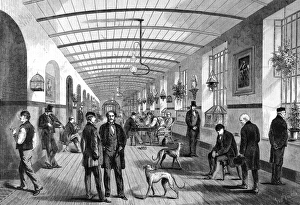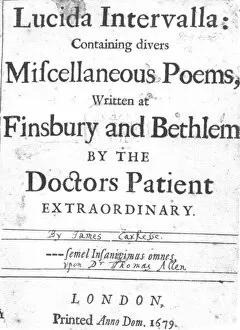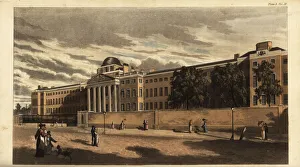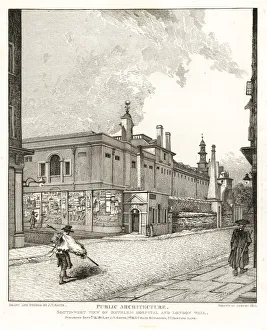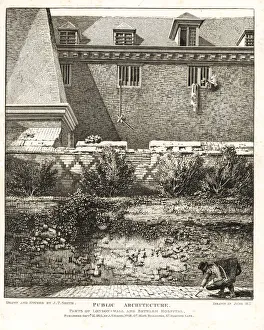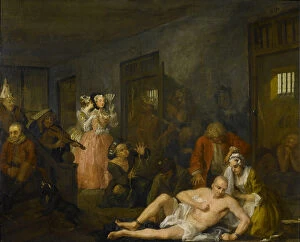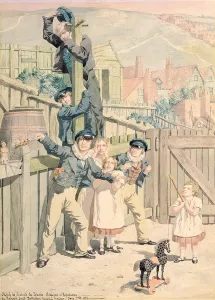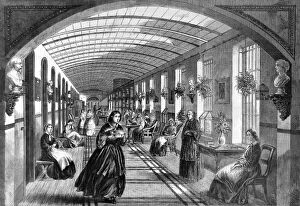Bethlem Collection
Bethlem, also known as the Royal Hospital of Bethlehem, has a rich and intriguing history that dates back to 1926
All Professionally Made to Order for Quick Shipping
Bethlem, also known as the Royal Hospital of Bethlehem, has a rich and intriguing history that dates back to 1926. Originally established as a gallery for men, this iconic institution played a significant role in London's public architecture. The exterior of the Old Bethlem Hospital in Moorfields, London, showcases its grandeur and timeless beauty. Dating back to the 1750s, it stands as a testament to the city's historical heritage. The Ancient Topography of London by John Thomas Smith provides an enchanting illustration of both Parts of London Wall and Bethlem Hospital from 1814. Lucida Intervalla by James Carkesse captures the essence with its captivating title page. This renowned psychiatric hospital gained notoriety under the name Bedlam in 1816. Its southwest view portrays both its imposing structure and significance within society. Throughout history, various artistic representations have immortalized Bedlam's influence on mental health. "A Rake's Progress VIII: The Rake in Bedlam" depicts societal decadence through oil on canvas in 1733. An engraving from "A Rake's Progress" plate VIII further explores this theme in 1763. Carved stones such as "Raving Madness" and "Melancholia, " dating between c. 1670-1700, provide insight into the perception of mental illness during that era. These intricate artworks serve as reminders of how far we've come in understanding and treating psychological conditions. Bethlem remains an emblematic landmark intertwined with centuries-old narratives surrounding mental health care advancements. Its legacy endures through architectural marvels like Old Bethlem Hospital while reminding us to continue striving for compassion and progress within our society.


